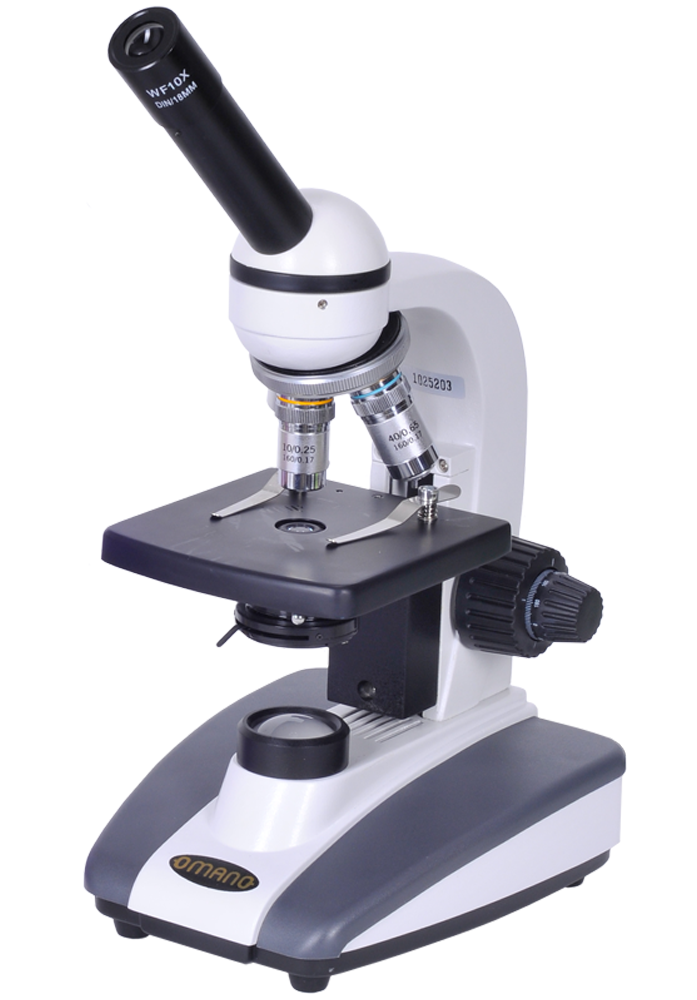
How safe is your hot and cold water system?
Legionella Assessments
What is Legionella?
Legionella is a naturally occurring bacteria wide spread in nature. When bacteria enter water systems the condition and configuration can often encourage growth to levels which can cause Legionellosis and other illnesses fatal to humans. Legionella as a biological hazard is listed under the COSHH Regulations. This is part of the legislation that defines the need for a suitable risk assessment to cover water systems in the home and work place.
Who is most susceptible to Legionellosis?
The illness occurs more frequently in men than women at a ratio of around 3:1. It is thought that this may be a result of typical occupations, lifestyles and possibly lung sizes. However, it usually affects middle-aged or elderly people and individuals with suppressed immune systems. Legionnaires’ disease is very uncommon under the age of 20 and whilst children can catch the disease it is very rare.
Get In Touch - We will assess the possible risks
How do you contract Legionnaires Disease and is it contagious?
The illness is contracted by inhaling small water droplets, known as aerosols, suspended in the air. Aerosols containing the bacteria will pose a risk to susceptible individuals. Infection, however, is clearly linked to susceptibility. Highly susceptible individuals may become infected at relatively low doses.
The disease is NOT contagious and cannot be passed from person to person. The disease is transmitted by inhaling the aerosol from an infected water supply, not from infected persons.
Why have I not heard of this before, do I really need it?
The short answer is YES
If you have a water system in your property, then you need to assess it for the risk of Legionella. We understand that many organisations may not have heard about Legionella or its associated risks, however the legal obligations are most definitely in effect, and are understood by many. Furthermore, with the multitude of businesses and organisations in the United Kingdom it would be very difficult for the HSE to ensure every person is fully aware of this, but it is the responsibility of every citizen to familiarise themselves with the law as it relates to them and their business. Ignorance is not an excuse.
Due to the relatively small teams of Local Authority Inspectors, their efforts tend to be directed towards the higher risk systems, such as cooling towers and the like, as they have the capability of infecting a wider spectrum of people over a larger area. However, due to the sheer number of domestic types of water systems, an individual is three times more likely to contract the disease from a domestic water system with showers and taps than from a cooling tower.
Are Landlords and Estate Agents required to have Legionella Risk Assessments?
The short answer is YES again
All Landlords and Duty Holders are required to have a Legionella Risk Assessment carried out. This brief guide summarises your legal obligations as a landlord to manage Legionella risks. The legislation regarding Legionella is not new - in fact it has been around since 2001. So how did this become the domestic landlord’s problem?
In 2013 the 300 litres (standing capacity) lower size limit of systems to which the existing legislation applied was removed. This means that anyone with a duty of care for employees or tenants in a building with any type, or size, of water system must initiate a risk assessment, and put the recommendations of that risk assessment into effect, however minimal the risk. The legislation comprises: The Health and Safety at Work act 1974, COSHH 2001, RIDDOR and ACOP L8 (the code of practice provided by the HSE, which must be followed for the control of legionella). The fundamental requirement outlined in ACOP L8 is the need for a risk assessment.
How often is a Legionella Risk Assessment required?
The legislation effectively means that:
A risk assessment must be carried out, even on a low risk system.
That risk assessment must be carried out by a competent person.
The recommendations from that risk assessment must be put into place.
An initial risk assessment must be carried out, with a regular review (yearly would be reasonable in a low risk system), or a new RA if a major change to the installation has occurred rendering the current risk assessment invalid.
Failure to implement the recommendations can lead to prosecution and severe penalties.
How can you control Legionella?
There are several methods that can be adopted to control the risk of Legionella. The most effective is temperature. Wherever possible temperature should be the initial line of defence used to control Legionella growth in a system.
Temperature control:
Cold Water: Manage the cold water temperatures throughout the system to ensure that cold water is stored below 20°C and distributed to all outlets within two minutes of opening the tap. Below 20°C the cold water circuit will not encourage bacterial growth, including Legionella.
Hot Water: Hot water should be stored at 60°C and distributed and supplied to all outlets above 50°C within 1 minute of operation.
In addition to temperature control, stagnation must be prevented. This may be achieved by introducing routine flushing programmes, and by reducing the volumes of stored water, coupled with the removal of unused pipes, dead legs, non-compliant tank configurations and dead ends within the system.